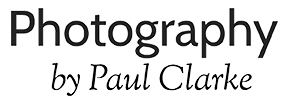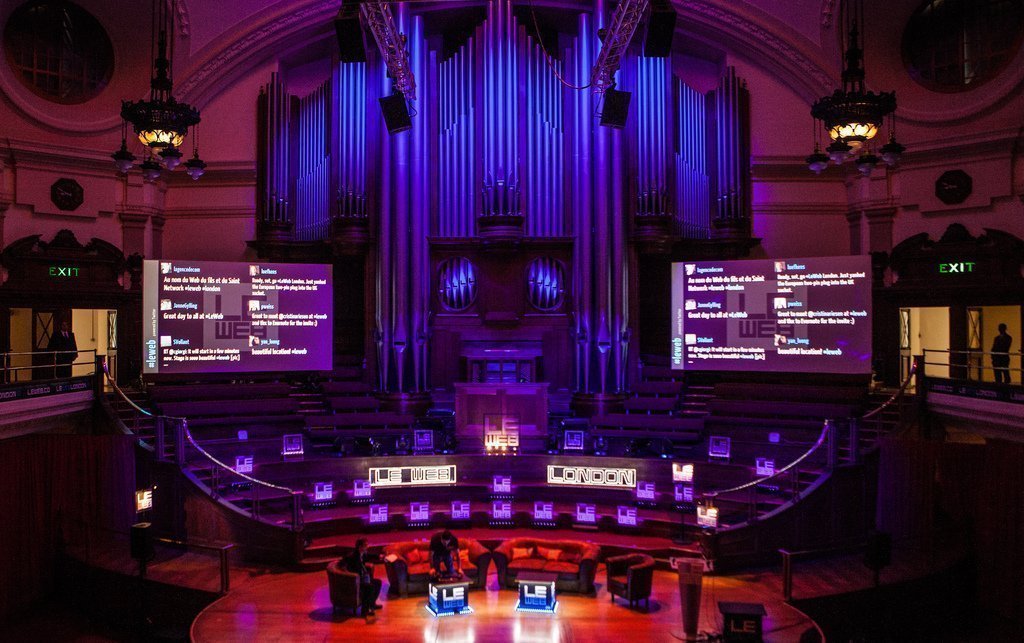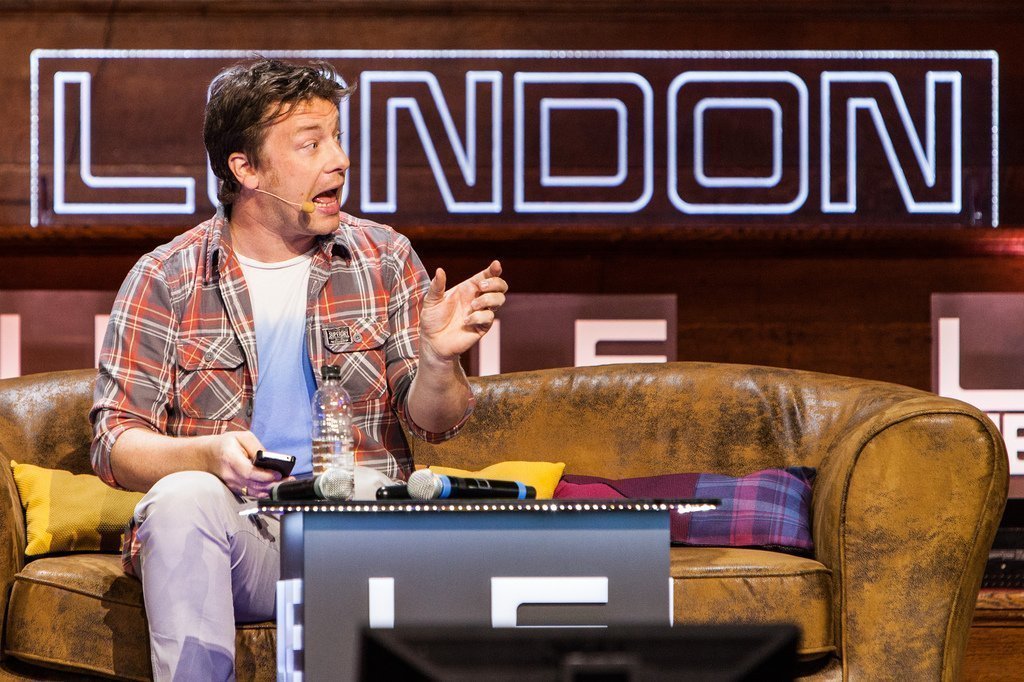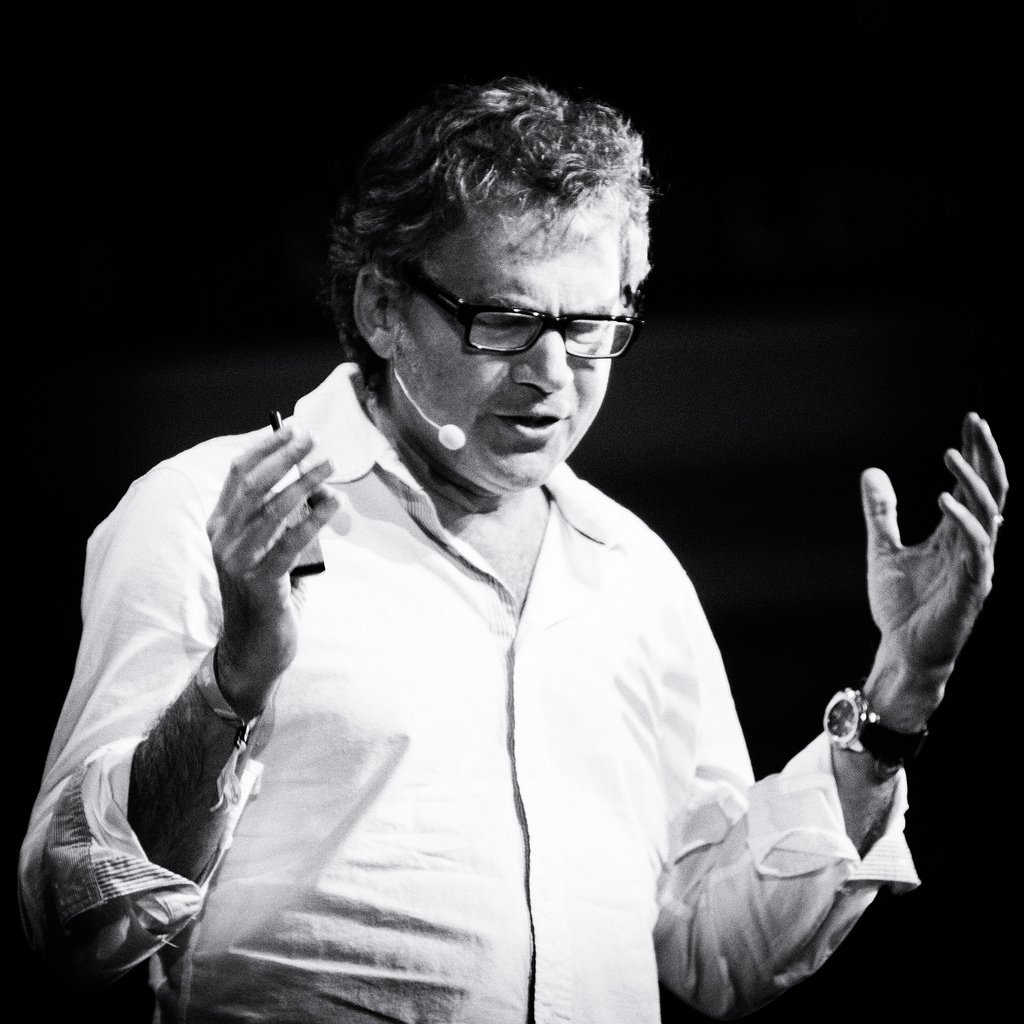LeWeb comes to London! Today was the first of two days of a little bit of Paris in England (well, quite a lot it seemed, with the whole crew from bouncers to videographers shipped in by the debonair Loic Le Meur). I’m doing photo coverage for a couple of tech publications, and having a fine old time of it.
From the first sight of the superbly-lit Great Hall at the Methodist Central Hall, Westminster…
Exif*: 25mm; ISO 1600; f/2.8; 1/160
…to the antics of Jamie Oliver bantering on the topic of Instagram…
Exif: 200mm; ISO 1600; f/4.0; 1/200
…and the take-no-crap wisdom from Martin Varsavsky…
Exif: 190mm; ISO 1600; f/2.8; 1/400
…to the breathtaking violin skills of Lindsey Stirling bringing things to a close.
Exif: 200mm; ISO 1600; f/3.5; 1/80 (a bit lucky to have the eyes sharp at this speed, with that motion and focal length)
But the reason for the title of this post is that the most interesting shot of the day for me was the one I wasn’t expecting. (How often is that the case?)
As I nipped out for a break, cameras all tucked away in my bag, I whizzed past the excellent Martha Lane Fox arriving for her speaking slot. And greeting her long-standing collaborator, Brent Hoberman, who’d just finished his.
Just inside the doorway, one of the most famous partnerships in internet business history, and both looking great. Could I get a picture? – I asked. I could. Excellent.
Except the camera body with a lens fitted had precisely the wrong sort of lens for the job, and was set up for the extreme low light conditions inside the venue. And now we’re near the open doorway to a bright, sunny Westminster morning. No time to think – it was get the shot now, or retreat miserably. I wasn’t going to keep these two hanging around.
The lens was a big telephoto – capable of a flattering portrait, but meaning I needed to take a good few steps away a) to frame them correctly and b) because that lens has a pretty lengthy minimum focusing distance. Get too close and it won’t focus, no matter how much light there is.
No, in this case, knowing the auto exposure metering would play up given the mixed lighting conditions, to say nothing of the exposure compensation I had dialled in for an entirely different setting, what I really had to watch was my shutter speed. As long as that was fast enough – and yes, it was right on the edge at 1/60, but enough with the help of image stabilisation from the lens – I knew I could clean things up well enough in post-processing. If it’s too slow, and the image blurred by hand shake, you’re stuffed – but with a good camera sensor most other exposure crimes can be sorted later. I most certainly didn’t have time to take exposure readings or chimp over the back of the camera checking histograms.
And there it is – a few technical imperfections, but a moment that simply had to be seized. At the last minute.
(You can find more images from the day here.)
Exif: 73mm; ISO 1600; f/4.0; 1/60
*What the Exif notes mean: this is detailed data about how the photo was taken–first, the focal length of the lens, then ISO (the sensitivity of the sensor: low number for bright conditions, high for dark or indoors), then f number (the size of the hole that lets the light into the camera: low = big, high = small), finally the exposure time (how long the shutter is open) in seconds.






Pingback: De acuerdo com Martín Varsavsky | Soy emprendedor